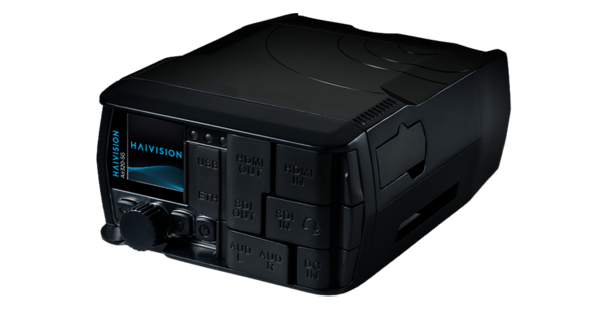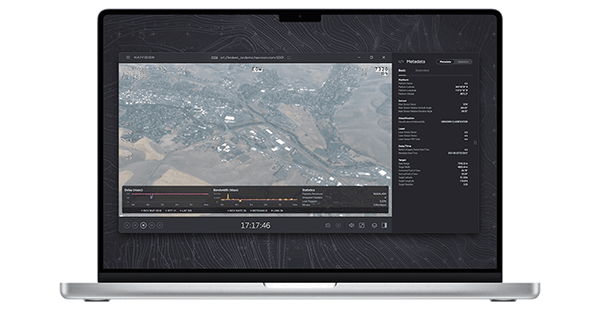The world has run out of IPv4 addresses. IP version 4 or IPv4, the original 32-bit addressing system used by the internet, supported 4.29 billion individual IP addresses from 16 million top level blocks, the last of which were allocated in February 2011 by the Internet Assigned Numbers Authority (IANA).
IP (Internet Protocol) is the foundation of the internet. Without an IP address, communication channels can’t be established. The explosion of IPTV, over-the-top (OTT) video, SMPTE 2110, and the Internet of Things (IoT) have meant that IPv4 has been exhausted as a finite resource of IP addresses.
IPv6 to the rescue
In 2017, after several trial years, the IETF (Internet Engineering Task Force) finally approved IPv6 as a new standard for IP addresses. The IPv6 128-bit addressing system can support up to 340 undecillion addresses, or enough for each and every atom on Earth, and then for 100 more Earths.
Though IPv6 should resolve the address shortage for a very long time, the transition from IPv4 to IPv6 does require some forward planning. As it takes time to migrate all network components to IPv6, a transitional hybrid approach is needed in most cases. IP video devices, including the Makito X video encoder series, support a mix of both IPv4 and IPv6 addresses.
Transitioning from IPv4 to IPv6
Though recent computer operating systems, mobile devices, and network equipment now support IPv6, some older software and devices, including set top boxes, may only support IPv4. For this reason it is important that your equipment can work with both IPv4 and IPv6 addresses.
Haivision’s Makito X video encoder and decoder software can help manage the IPv6 transition for video streaming. This includes allowing IPv6 addresses to be assigned statically and dynamically via DHCPv6 to a Makito X encoder in addition to existing IPv4 capabilities. The Makito X series web UI, command line interface, and SNMP API can now also be accessed from within an IPv6 network. All administration functions can be performed by an IPv6 network client.
The Makito X series supports dual-stack IPv4 and IPv6 addresses for simultaneous management of legacy and new network infrastructure. With dual stack, a DNS server is able to provide both IPv4 and IPv6 addresses so that network managers can manage both IP addressing systems simultaneously as they transition to IPv6.
For streaming live video content over newer networks, all Makito X video encoders and decoders can send and receive streams over IPv6.
Towards an IP-centric world
As video production facilities and workflows become increasingly dependent on IP networks, including SMPTE 2110 infrastructure, it is critically important that network managers are able to transition to IPv6 while leveraging IPv4 legacy equipment. Haivision, as an industry leader in enabling video streaming over IP networks, is easing the transition with support for IPv6.
Are you looking to future-proof your video streaming workflows? Find a video encoder that will not only meet your needs today, but can ease your workflows from IPv4 to IPv6. Download our Definitive Guide to Haivision Video Encoder Technology for free, and find which video encoder best suits your specific use case.


























